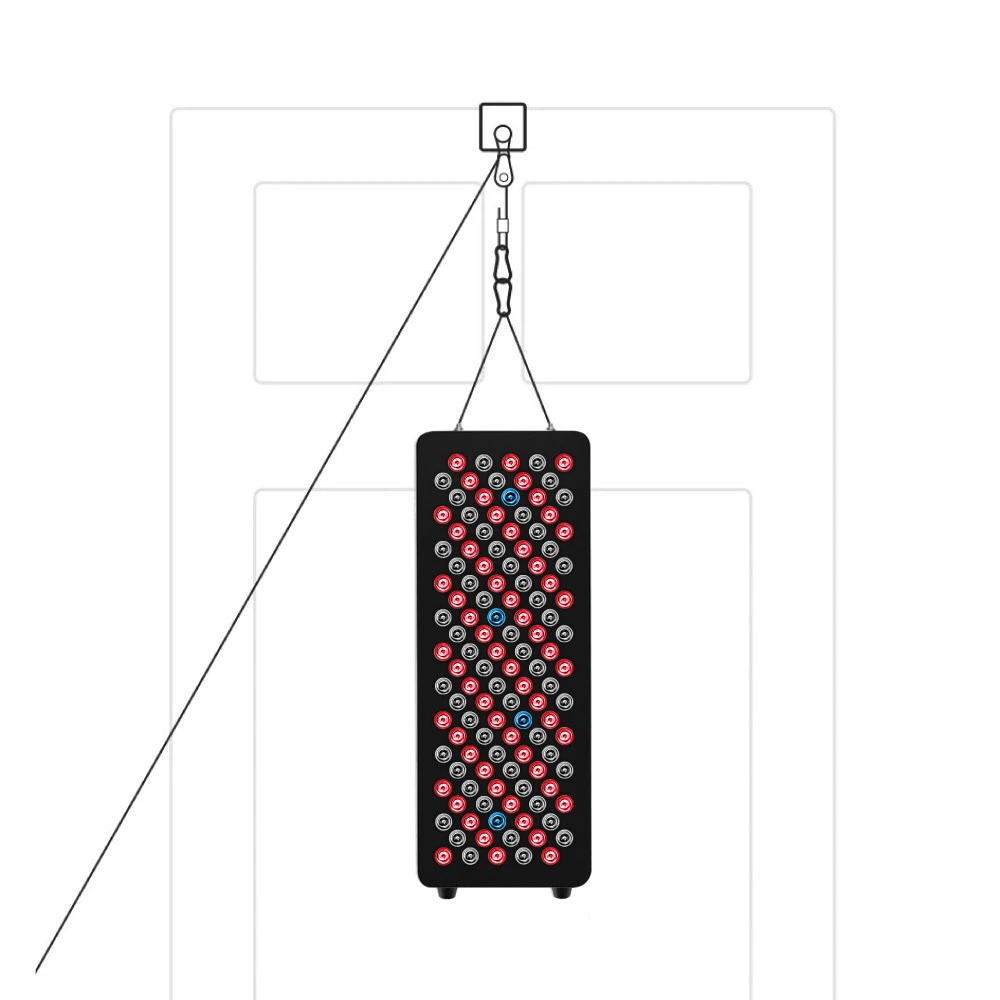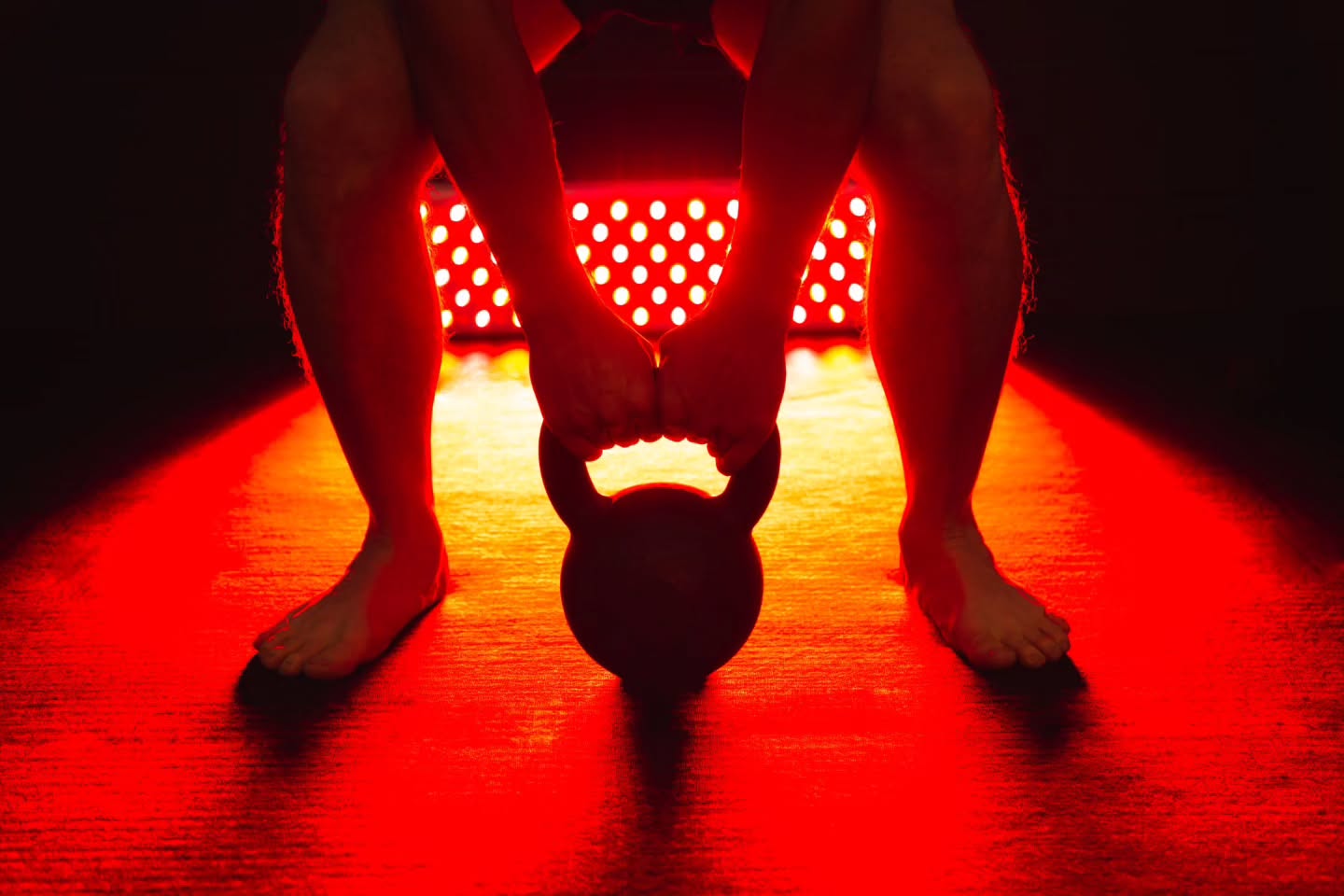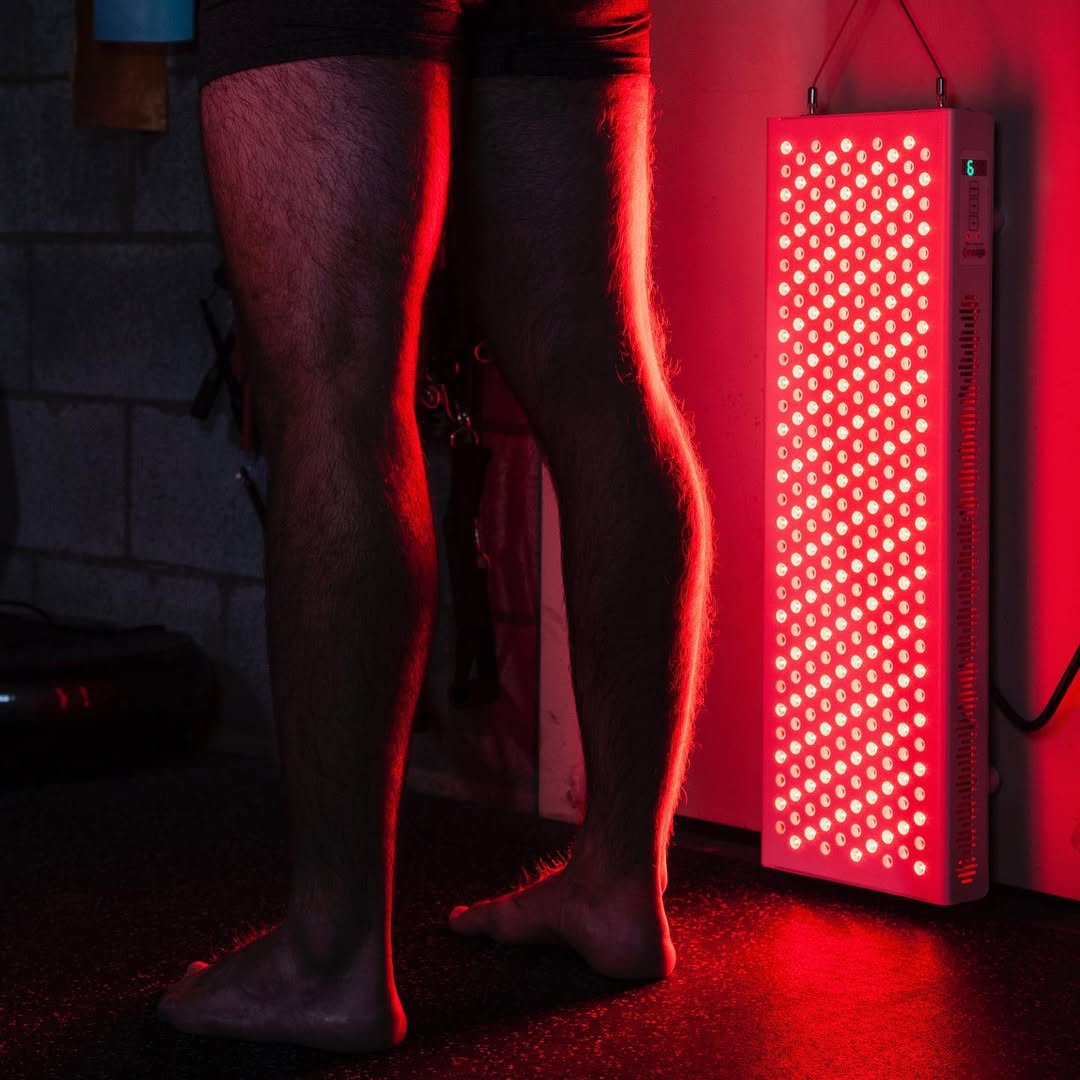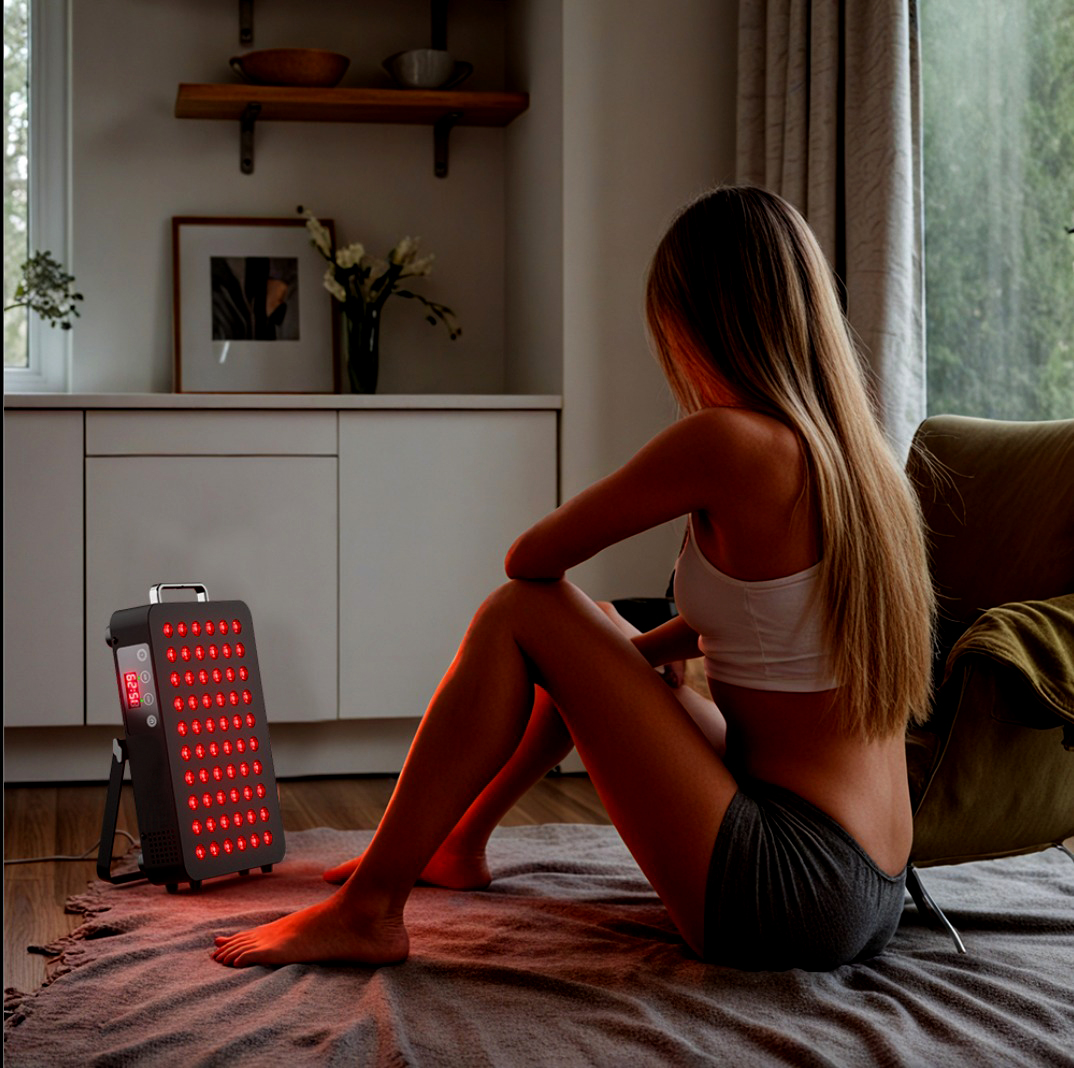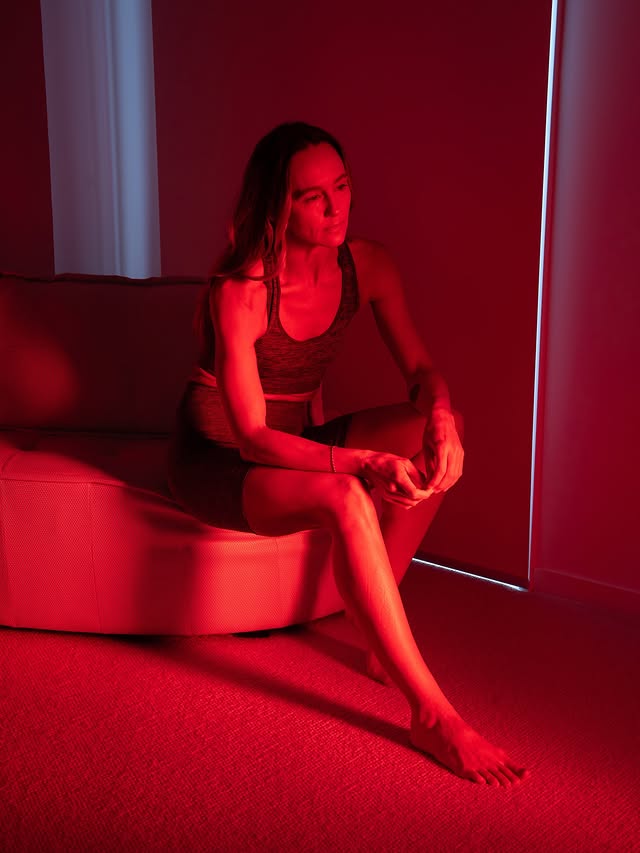![]() Free Shipping
Free Shipping ![]() Buy Now, Pay Later
Buy Now, Pay Later ![]() Eligible
Eligible
How to Use Red Light Therapy for Lungs Health: A Comprehensive Guide
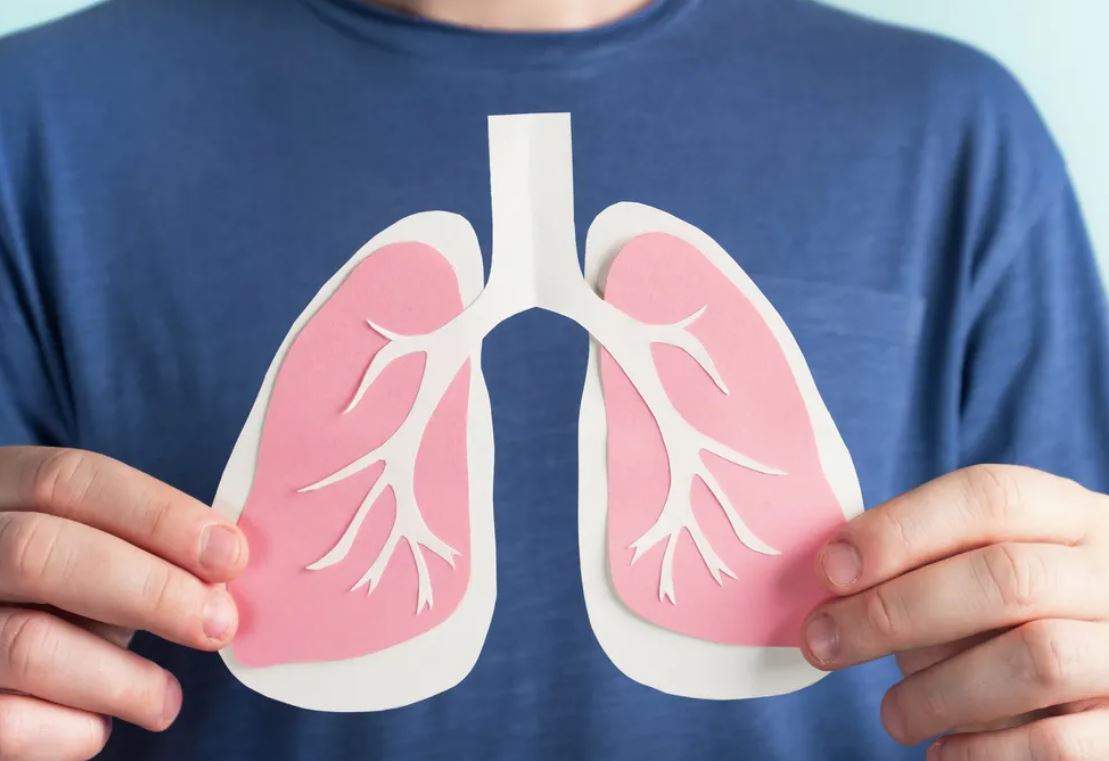
In the ever-evolving world of wellness, red light therapy (RLT) has emerged as a promising, non-invasive tool for a myriad of health concerns. While commonly associated with skin health and muscle recovery, a growing body of research and clinical interest is exploring its potential for respiratory health and lung function. But how exactly can light benefit an internal organ like the lungs?
This comprehensive guide will illuminate the science behind red light therapy for lungs and provide a practical, step-by-step approach to its potential application.
Understanding the Science: How Can Light Reach the Lungs?
The fundamental question is logical: how does external light influence internal organs? The answer lies in the unique properties of specific light wavelengths.
Red and near-infrared (NIR) light, typically in the 630-680nm (red) and 800-880nm (NIR) ranges, possess the ability to penetrate skin, tissue, and even bone. Near-infrared light, in particular, has deeper penetration capabilities. When applied to the chest, these photons of light can reach the lung tissue and the mitochondria within our cells.
Dr. Michael Hamblin, a leading photomedicine researcher from Harvard, explains: “Mitochondria are the principal photoreceptors of red and near-infrared light in mammalian cells. The absorbed light energy leads to a cascade of biological effects, primarily through the upregulation of cytochrome c oxidase, which enhances cellular respiration and ATP production.”
In simpler terms, red and NIR light “supercharge” your cells’ energy factories, leading to reduced inflammation, enhanced repair, and better overall function—effects that are critically important for lung health.
The Potential Benefits of Red Light Therapy for Respiratory Health
Targeting the lungs with RLT isn’t about “zapping” a specific pathogen. Instead, it works by modulating the body’s own healing processes. The primary mechanisms and potential benefits include:
Reducing Inflammation
Chronic inflammation is a hallmark of many respiratory conditions like asthma, COPD, and Long COVID. RLT has been shown to significantly decrease pro-inflammatory cytokines and increase anti-inflammatory mediators, helping to calm the inflammatory response in lung tissue.
Enhancing Cellular Repair and Regeneration
By boosting mitochondrial function and ATP production, lung cells are better equipped to repair damage and maintain healthy function. This is crucial for recovering from illness or managing chronic degenerative conditions.
Improving Blood Circulation and Oxygenation
RLT can stimulate the formation of new capillaries (angiogenesis) and improve microcirculation. Better blood flow to the lungs means more oxygen and nutrients delivered, and more waste products removed.
Modulating Immune Response
The therapy can help balance the immune system, potentially preventing the destructive “cytokine storms” seen in severe respiratory infections.
How to Use Red Light Therapy for Your Lungs: A Step-by-Step Protocol
Applying RLT for lung health is straightforward, but consistency and correct technique are key.
Step 1: Choosing the Right Device
Not all red light therapy devices are created equal. For lung application, you need a device that emits sufficient near-infrared (NIR) light for deep penetration.
| Device Type | Pros | Cons | Best For |
|---|---|---|---|
| Large Panel | Covers entire chest/back, high power, professional-grade results. | Expensive, less portable. | Home users serious about systemic benefits. |
| Small Panel/Pad | Affordable, portable, can be positioned on chest and back. | Smaller treatment area, may require longer sessions. | Targeted use, travelers. |
| Handheld Wand | Very portable, precise application. | Very small treatment area, impractical for full lung coverage. | Spot treatment, not ideal for lungs. |
| Combo Red/NIR Device | Provides benefits of both red (superficial) and NIR (deep) light. | Often more expensive than red-only devices. | Ideal choice for lung therapy. |
Key Specs to Look For:
- Wavelength: A combination device with 660nm (red) and 850nm (NIR) is ideal.
- Power Density (Irradiance): Measured in mW/cm². Higher power means shorter, more effective treatment times.
- FDA-Cleared: Look for devices that are FDA-cleared for general wellness, which indicates safety and quality.
Step 2: Application Technique and Placement
- Clean & Bare Skin: Apply the light directly to clean, bare skin for maximum penetration. Do not use through clothing.
- Primary Placement: Position the light panel over your chest, focusing on the upper and middle areas where the major lobes of the lungs reside.
- Secondary Placement: For a more comprehensive treatment, also apply the light to your upper back. This targets the posterior sections of the lungs.
- Distance: Follow the manufacturer’s instructions, but typically, you should be within 6-12 inches from the panel.
Step 3: Determining Dosage and Frequency
Dosage is calculated as Joules (J) or Joules per square centimeter (J/cm²), which is a product of time and power density.
- Starting Session Time: A general safe and effective starting point is 10-15 minutes per area (chest and back).
- Frequency: For acute issues (like a respiratory infection), you might use it 1-2 times daily. For chronic conditions (like COPD or asthma), a maintenance protocol of 3-5 times per week is common.
- Consistency is Crucial: The effects of RLT are cumulative. Regular, consistent use yields the best results.
A practicing Integrative Medicine physician notes: *”In my clinic, we see patients using red light therapy as a supportive modality. The key is patience and consistency. We often recommend a 3-month trial with daily use, followed by a maintenance schedule, to properly assess its efficacy for chronic respiratory conditions.”*
VELLGUS Elite V2
THE #1 RATED RED LIGHT DEVICE
VELLGUS pro V2
THE #1 RATED FULL BODY RED LIGHT DEVICE
Important Safety and Precautions
RLT is generally considered very safe for most people. However, follow these guidelines:
- Eye Protection: Always use protective goggles provided with your device. Never look directly into the LEDs, especially NIR.
- Medications: If you are on photosensitizing medications, consult your doctor before use.
- Medical Conditions: Those with porphyria or a history of photophobia should avoid RLT.
- Cancer: The effect of RLT on active cancer is complex and debated. If you have an active malignancy, do not use RLT without explicit guidance from your oncologist.
Conclusion: A Breath of Fresh Air
Red light therapy presents a fascinating, non-invasive, and drug-free avenue for supporting lung health. By harnessing specific wavelengths of light to reduce inflammation, boost cellular energy, and promote repair, it offers a complementary strategy for those dealing with everything from seasonal respiratory challenges to chronic lung conditions.
While more large-scale human trials are needed, the existing science and anecdotal reports are compelling. By choosing the right device, applying it correctly, and adhering to a consistent protocol, you can explore the potential of red light therapy to help you breathe easier.



